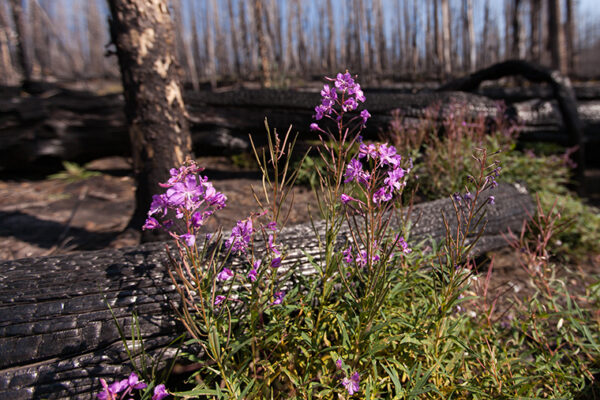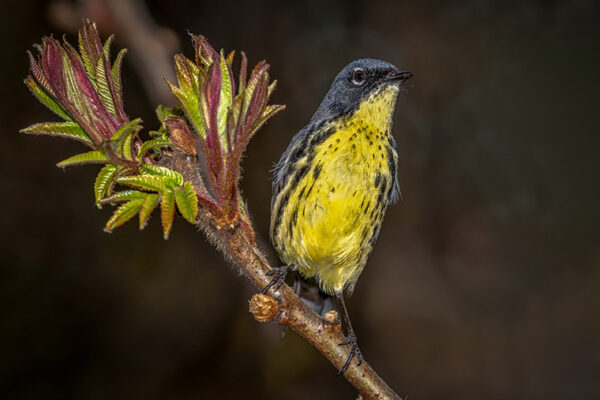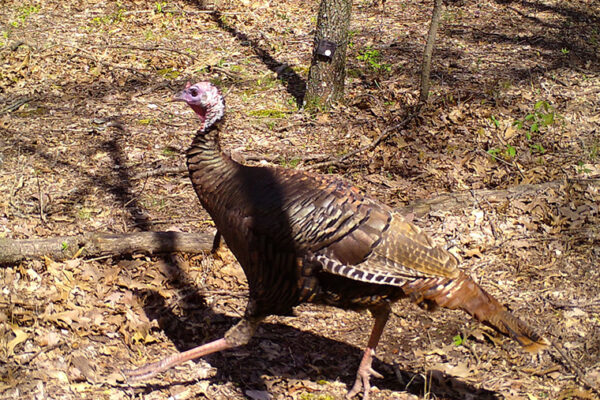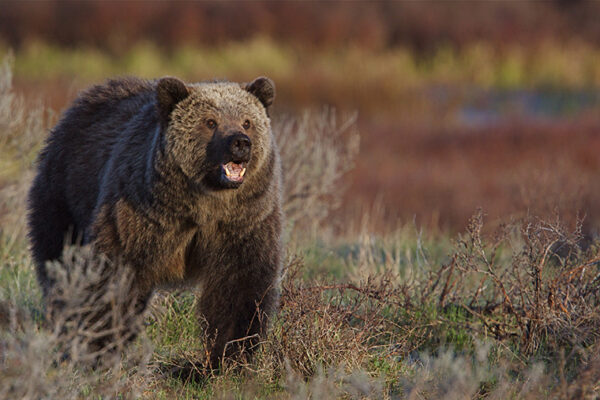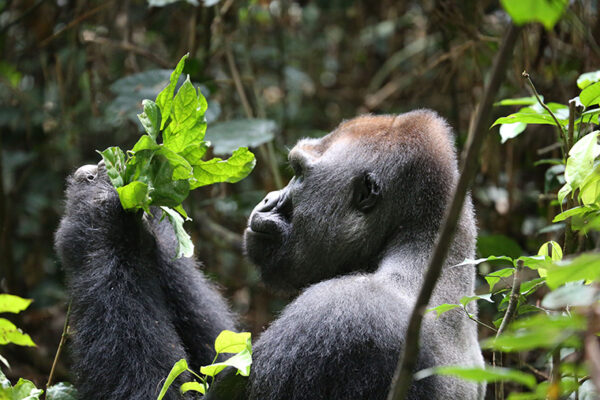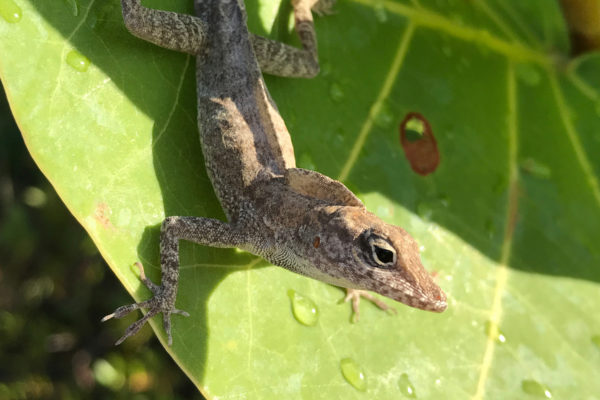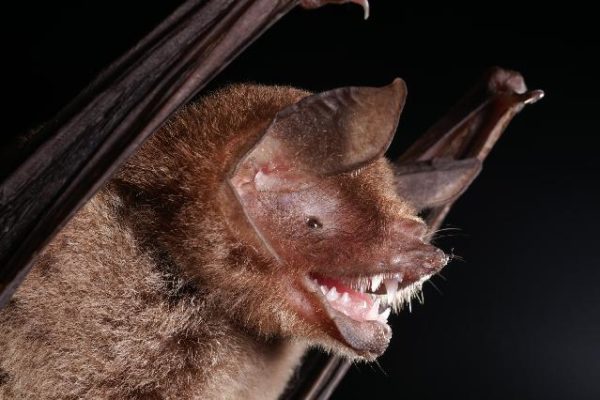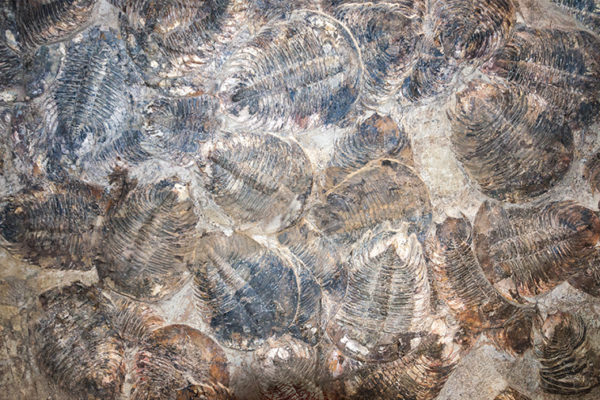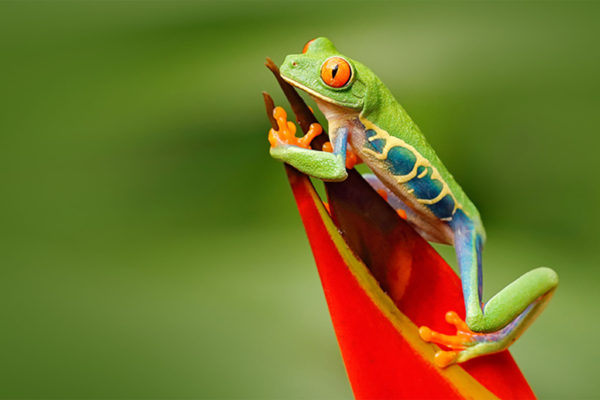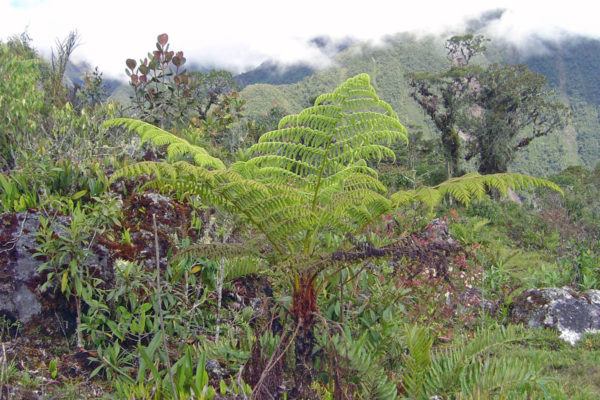In fire-prone West, plants need their pollinators — and vice versa
A new study from the northern Rockies explores the role of fire in the finely tuned dance between plants and their pollinators. The research from biologists including Jonathan Myers in Arts & Sciences at Washington University in St. Louis is published Nov. 25 in the Journal of Ecology.
Birds of a feather better not together
Diversity plays a key role in maintaining the stability of plant and animal life in an area. But it’s difficult to scale up smaller experiments to understand how changes will impact larger ecosystems. A new study of North American birds from biologists in Arts & Sciences reveals the importance of both total numbers and variation in species identities.
Caught on camera
Researchers from the Tyson Research Center at Washington University in St. Louis and St. Louis College of Pharmacy have set up 34 motion-activated cameras to capture images of wildlife in area parks and green spaces. Students and volunteers help identify the species in an effort promote local biodiversity and improve the coexistence of humans and wildlife.
WashU Expert: Proposed changes will stamp out ‘countless species’
The Trump Administration’s proposed overhaul of the landmark Endangered Species Act will “hasten the extinction of countless species,” says Jonathan Losos, director of the Living Earth Collaborative at Washington University in St. Louis and an international biodiversity expert.
Northern Congo declining under logging pressure
Logging road construction in Western Equatorial Africa has accelerated over the last two decades and has led to a dramatic decline of intact forest lands in the region, according to new research published by Crickette Sanz, associate professor of biological anthropology in Arts & Sciences. Increased human immigration and degradation of natural resources follows in the wake of such road expansion.
Replaying the tape of life: Is it possible?
A review published in the Nov. 9 issue of Science explores the complexity of evolution’s predictability in extraordinary detail. Jonathan Losos of Arts & Sciences takes on a classic question posed by Stephen Jay Gould in an effort to fully interrogate ideas about contingency’s role in evolution.
Time travel with bat guano
A favorite Halloween symbol leaves behind clues to what a tropical landscape looked like thousands of years ago. With support from the Living Earth Collaborative, postdoctoral scholar Rachel Reid of Arts & Sciences digs in.
Oxygen levels link to ancient explosion of life
A team of researchers, including a faculty member and postdoctoral fellow from Washington University, found that oxygen levels appear to increase at about the same time as a three-fold increase in biodiversity during the Ordovician Period, between 445 and 485 million years ago, according to a study published Nov. 20 in Nature Geoscience.
Joining forces to advance the study of life on earth
Washington University is joining forces with the Missouri Botanical Garden and the Saint Louis Zoo to create the Living Earth Collaborative, a new academic center dedicated to advancing the study of biodiversity to help ensure the future of Earth’s species in their many forms.
Without plants, there is no life
Botanists have organized to try to stem the frightening loss of plant species across the globe. How well are they doing? They recently met in St. Louis to exchange stories from the botanical front lines.
View More Stories
